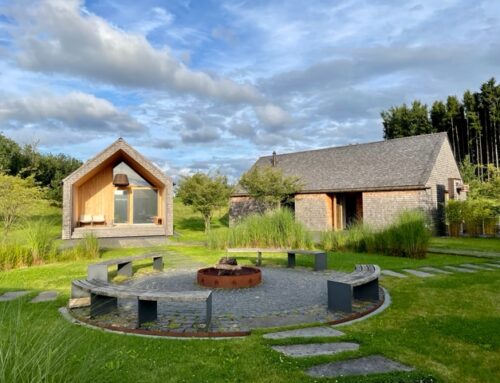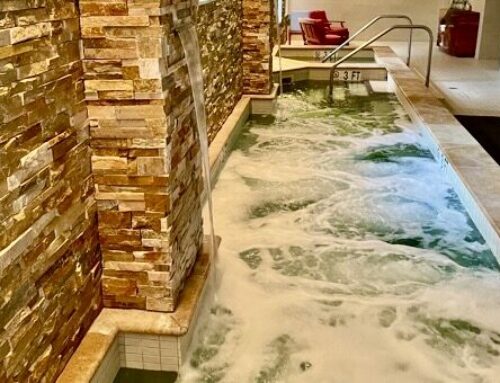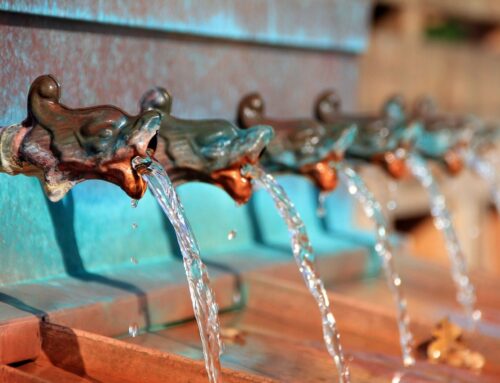Bathing History: the Romans
Body cleansing and healing rituals have played major roles in various cultures and within religions for hundreds and thousands of years all over the world. Many of these are still in prevalent use today.
Ancient cleansing rituals across the globe
We know of
- ancient cleansing rituals through the use of smoke by Native American Indians,
- TCM (Traditional Chinese Medicine),
- the complex holistic Ayurvedic science in India that has been in use for thousands of years and has been embraced by the Western world
- oriental rituals like the Hammam.
In Europe, by the 1st Century CE, the Romans had developed bathing to a high degree of sophistication with the aid of clever but simple engineering. They used heating systems and window glass to provide warmth to the water and natural light within the bath houses, making them more pleasant places to spend time. The archaeological evidence from the larger bath houses of Rome show that they offered almost complete entertainment; they were recreational, cultural and social centres that formed an important part of everyday town life. After bathing it is presumed that the bathers could then stroll in the shade of the promenades, visit the library, listen to verse reading or debates, and buy a snack from the food vendors – and do all of this under one roof, making it a essential social resource.
Early models of our modern Spas
Today we can see a comparison between a public Roman bathhouse and a mixture of a modern day spa, including massage, a community centre and a health club – also under one roof.
Building projects during the Roman empire such as these public bath houses would have provided enormous and very welcome employment opportunities. It has been estimated that the Baths of Caracalla would have “employed on average 9,000 workmen each day for five years during the construction period” (Claridge 1998, p. 321). Once built, these Imperial Baths would have then employed many hundreds of people.
Archaeological Evidence: Roman Villa at Nennig/Germany
I had the pleasure of travelling West to my familiar surroudings, an area in the South-Western part of Germany called Saarland. The land of the river Saar, right in the middle of Europe, borders Luxembourg and France. Close to the Luxembourg border, in an area also known for wine making, lies the little village of Nennig. In 1852 a local farmer discovered pieces of mosaic which triggered an extensive excavation project.
The then discovered mosaic carpet once graced the reception hall of a grand Roman Villa urbana, supposedly built by a wealthy landlord in this delightful Moselle River Valley on the Roman Road between Metz in France and Trier in Germany. The 2 storey building included covered walkways, work areas, residential areas and a large bath house, and covered a lengths of about 650 meters. It must have presented a spectacular sight.
The decorative and magnificent reception hall floor mosaic of 3 million pieces is the only remaining part of the villa and can be visited.
What caught my attention foremost though is the Villa’s bath house, unfortunately no longer existing or reconstructed, however providing evidence of early bathing culture.
A 500 square meter bath house
This private bath house of the villa Nennig was located in the vast park-like garden with fountains, covered walkways of 250 meters length, statues, and grottos.
The bath house itself covered about 500 square meters and included a 65m2 pool, seven different rooms out of which three must have been reserved for heat experiences. There is evidence for changing rooms, cold and hot rooms, and sweat rooms.
Historians assume that the large covered walkway was not only providing sheltered access between the main building and the bath house, but may also have been used as gymnasium or sports arena.
Bathing in Roman culture and across a wide variety of social classes played a major part in every day life, and was likely not considered pure luxury or indulging, but a communal activity. The wealthier families would have their own private bath house, whereas the broader public would patronise communal bath houses.
Spa Geek knowledge
Larger communal bath houses were called “thermae” and owned by the government, whereas smaller establishment open to the public for a fee, yet privately owned, were called ‘balneo’.













